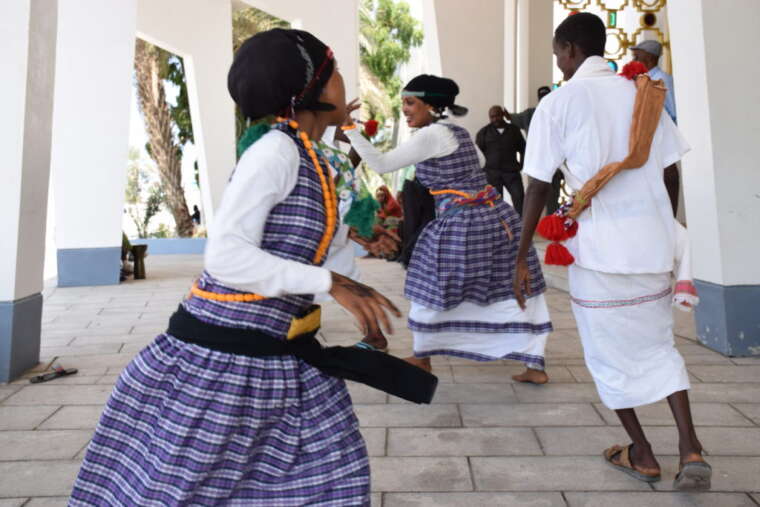

Second, the case studies reveal a wide spectrum of inherited cultural repertoires, which lead to the use of unconventional repertoires within modern-day politics. First, there are multidirectional relationships between the festival, rebellion and folk culture. New York: Russell Sage Foundation.This conclusion identifies five main points that emerge from the empirical chapters. 1987 American Neighborhoods and Residential Differentiation.
#Cultural repertoire manual#
Lloyd 1949 Social Class in America: A Manual of Procedure for the Measurement of Social Status. 1972 The Social Construction of Communities. Sklar, Robert 1994 Movie-Made America: A Cultural History of American Movies. Princeton, NJ: Princeton University Press. 1985 A Certain Tendency of the Hollywood Cinema: 1930–1980. ” In Diana Crane (ed.) The Sociology of Culture: 221–245. 1994 “The sociology of cultural reception: Notes toward an emerging paradigm. ” American Sociological Review 61: 900–907. Kern 1996 “Changing highbrow taste: From snob to omnivore. 1992 “Understanding audience segmentation: From elite and mass to omnivore and univore.
#Cultural repertoire how to#
Monaco, James 1981 How to Read a Film: The Art, Technology, Language, History, and Theory of Film and Media. Lamont, Michè le and Annette Lareau 1988 “Cultural capital: Allusions, gaps and glissandos in recent theoretical developments. Lamont, Michè le 1992 Money, Morals and Manners: The Culture of the French and the American Upper-Middle Class. ” In John Kain (ed.), Essays on Urban Spatial Structure: 261–276. Quigley 1975 “Measuring the value of housing quality.

Hunter, Albert 1974 Symbolic Communities: The Persistence and Change of Chicago's Local Communities. Gripsrud, Jostein 1989 “'High culture' revisited. Gans, Herbert 1974 Popular Culture and High Culture. Oxford: Clarendon Press.įiske, John 1987 Television Culture. Goldthorpe 1992 The Constant Flux: A Study of Class Mobility in Industrial Societies. ” American Journal of Sociology 90: 1231–1261.Įrikson, Robert and John H.

” American Sociological Review 47: 189–201.ĭiMaggio, Paul and John Mohr 1985 “Cultural capital, educational attainment, and marital selection. ” Sociology and Social Research 48: 139–154.ĭiMaggio, Paul 1982 “Cultural capital and school success: The impact of status-culture participation on the grades of U.S. 1964 “Demographic and social psychological factors in residential mobility. Cambridge, MA: Harvard University Press.īutler, Edgar W., George Sabagh, and Maurice D. London: Tavistock.ġ984 Distinction: A Social Critique of the Judgement of Taste. ” In Richard Brown (ed.), Knowledge, Education, and Cultural Change: 71–112. ” British Journal of Aesthetics 33: 367–372.īourdieu, Pierre 1973 “Cultural reproduction and social reproduction. New York: McGraw-Hill.īlewitt, John 1993 “Film, ideology, and Bourdieu's critique of public taste.
#Cultural repertoire series#
Finally, these differences in the film-viewing practices of the members of these two social classes, as identified by their neighborhood of residence, obtain even controlling for a series of demographic and socioeconomic background variables.īlalock, Hubert M., Jr. Moreover, these differences are reduced, but not entirely eliminated, by the fact that members of the lower-middle class view more films on television than members of the upper-middle class. These differences are largely attributable to the fact that members of the upper-middle class view more films both in theaters and on videocassettes than members of the lower-middle class. Members of the upper-middle class view more “art” films, as well as more “classic” films and “blockbuster” films, than members of the lower-middle class. The data for this analysis was obtained from a survey of 364 individuals randomly selected from two neighborhoods in a medium-sized city, one predominantly upper-middle class and the other predominantly lower-middle class. Specifically, it focuses on differences between members of the upper-middle class and members of the lower-middle class in terms of their film viewing practices. This research examines two different conceptions of the relationship between social class and familiarity with popular culture in the United States.


 0 kommentar(er)
0 kommentar(er)
